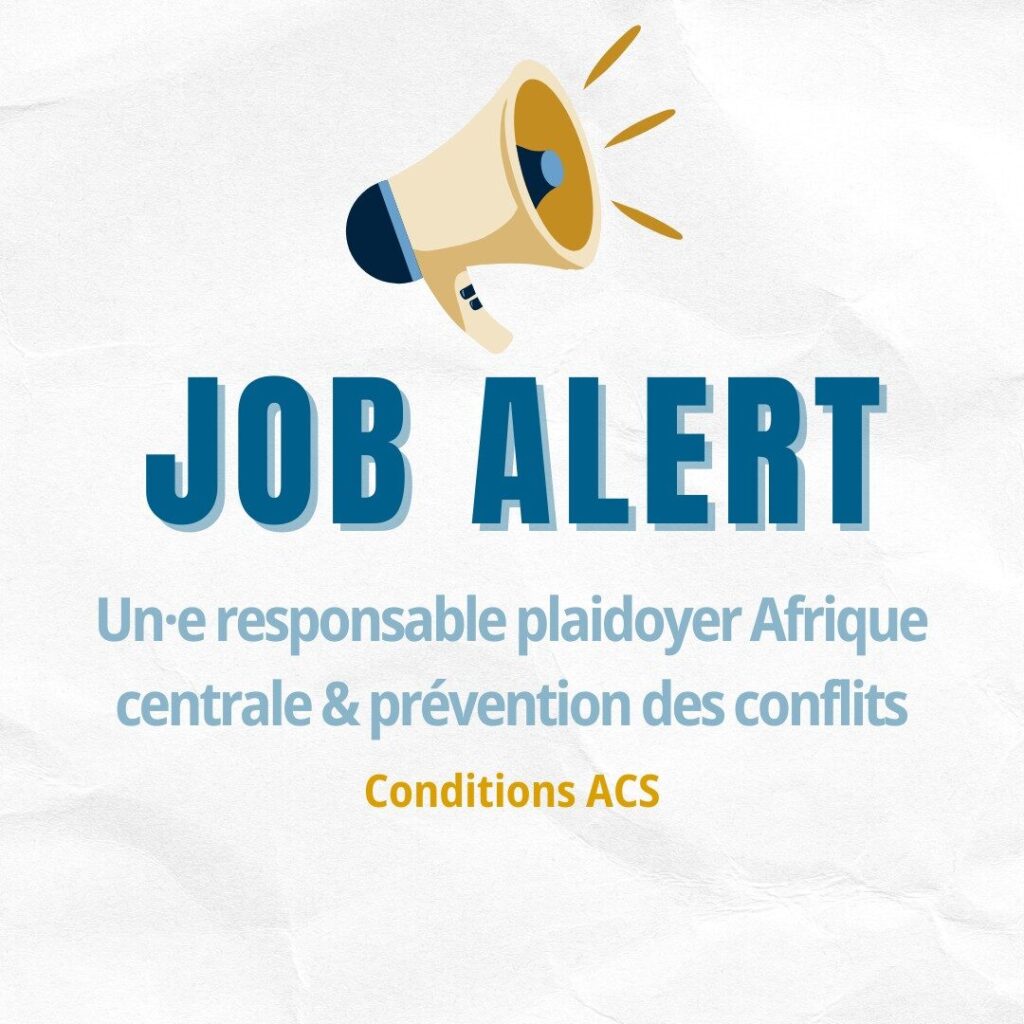Les conflits armés, qu’ils soient internes ou internationaux, ont un coût humain et environnemental considérable. Outre les pertes en vies humaines et les déplacements massifs de populations qu’ils peuvent causer, ces conflits ont un impact majeur sur les écosystèmes. Les dégradations de l’environnement causées par les conflits contribuent de manière significative au dérèglement climatique mondial. Cette situation soulève notamment la question du partage des responsabilités climatiques entre les nations industrialisées encore en course de croissance au Nord (principaux producteurs d’armes et munitions) d’une part et les nations économiquement faibles du Sud de l’autre.

Credit: Comet Photo AG (Zürich)_ Creative Commons Attribution-Share Alike 4.0 International
Military activities, such as bombings and the use of weapons, can destroy natural habitats, forests, waterways, and even disrupt the fauna and flora. These activities through chemical and waste spills also result in pollution.. Land mines, for their part, can remain active long after the end of conflicts, preventing land regeneration and presenting harmful dangers for fauna and flora. Note also that the warring parties most often resort to the unsustainable overexploitation of natural resources to finance their war efforts.
Consequences of armed conflicts
As we have just seen, wars produce devastating consequences on populations, economies and ecosystems. Among these effects, the direct and indirect contribution to greenhouse gas (GHG) emissions is often underestimated. Here is how these emissions are generated in the context of conflicts:
Twelve billion balls (about two for every human) are produced each year. No one wants to run out of ammo, and to be left alone. Ben Carmel
Population displacement :
When conflict breaks out, it often leads to massive displacement of populations. They flee war zones to find refuge elsewhere. These movements generally result in the creation of refugee camps. In these camps, local natural resources are heavily strained to meet the needs of refugees. For example, trees are cut down to provide firewood, which contributes to deforestation. However, forests play an essential role in absorbing carbon dioxide, one of the main greenhouse gases.1.
Destruction of infrastructure:
Wars and conflicts often result in massive destruction of infrastructures, ranging from buildings and roads to bridges and factories. Rebuilding this infrastructure requires raw materials like cement and steel. Their production is energy intensive and generates significant GHG emissions. For example, cement production is one of the main industrial sources of CO2 emissions2.
Militarization :
The production and use of military equipment requires a large amount of energy. For example, an assault tank can consume 40 times more more fuel than a regular car3. Military operations, troop movements, the use of vehicles and weapons, and the production of weapons are all activities that consume enormous quantities of fossil fuels.
Furthermore, the arms industry itself is energy intensive. Factories producing military equipment often operate at full capacity during conflicts, which increases their energy consumption and, therefore, their GHG emissions.4.
In summary, although wars and conflicts are primarily known for their human and economic costs, their impact on the environment, particularly in terms of greenhouse gas emissions, should not be neglected. Awareness of this impact can help strengthen the case for preventing conflict and finding peaceful solutions to disputes.
We have guided missiles, but from misguided people. Martin Luther King.
Invisible environmental degradation following armed conflicts
Quelques exemples de dégradation de l’environnement spécifiquement liés aux conflits :
- Gulf War (1990-1991): L’un des incidents environnementaux les plus marquants a été l’incendie de puits de pétrole par les forces irakiennes lors de leur retraite du Koweït. Ces incendies ont libéré d’énormes quantités de suie et de gaz à effet de serre dans l’atmosphère, affectant gravement la qualité de l’air et contribuant potentiellement au changement climatique5.
- “Agent Orange” during the Vietnam War : Les États-Unis ont largué de l’Agent Orange, un herbicide, sur de vastes zones du Vietnam pour détruire la végétation et exposer les positions ennemies. Cette substance contenait de la dioxine, un composé hautement toxique qui a affecté des générations de Vietnamiens et a entraîné une déforestation massive6.
- Conflicts in the Democratic Republic of Congo : Armed conflicts have often led to illegal and unregulated mining in environmentally sensitive areas. This not only dégradé l’environnement local, but also financed the continuation of hostilities7 until These days.
- Population displacements : Les conflits peuvent déplacer des millions de personnes, les obligeant souvent à s’installer dans des zones où les ressources naturelles sont limitées. Cela peut entraîner une déforestation, un épuisement des ressources en eau et d’autres formes de dégradation environnementale. En ce qui concerne des chiffres précis, la quantification est difficile en raison de la variabilité des conflits et des méthodes de mesure. De plus, les conflits peuvent entraîner des conséquences environnementales indirectes, comme lorsque les systèmes économiques et sociaux d’un pays en guerre s’effondrent, conduisant à une mauvaise gestion des ressources bafouant les biens communs8.
- Plutonium pollution in Andalusia: L’accident aérien du 17 janvier 1966 en Andalousie, où un Boeing B-52 de l’US Air Force transportant quatre bombes à hydrogène est entré en collision avec un tanker, a entraîné la chute de ces bombes. Bien que ces armes n’aient pas déclenché d’explosion atomique grâce à un dispositif de sécurité, elles ont dispersé une grande quantité de particules de plutonium dans l’atmosphère et le sol. La situation était d’autant plus préoccupante que l’Espagne, sous la dictature de Franco, n’avait alors aucun protocole pour les accidents atomiques. Bien que l’Espagne ait été en phase de développement de son programme nucléaire civil, la première centrale n’était prévue qu’en 1970, et la sécurité n’était pas une priorité. Des décennies plus tard, en 2015, un accord de décontamination a été signé entre les États-Unis et l’Espagne pour nettoyer ce désastre historique9.
- Toxic war in Ukraine: Le PNUE (Programme des Nations Unies pour l’Environnement) a révélé l’impact environnemental dévastateur de l’invasion russe en Ukraine. Inger Andersen, Directrice exécutive du UNEP, a déclaré que la guerre est “toxique”, avec de graves conséquences écologiques. Des milliers d’incidents, notamment des pollutions atmosphériques, de l’eau et du sol, ont été identifiés. Andersen a insisté sur l’importance de mettre fin à ces destructions pour la sécurité et la santé publique des Ukrainiens et des pays voisins. Après une visite en 2022, le PNUE appelle à un soutien accru pour évaluer les dommages. Le conflit a endommagé d’importantes infrastructures, entraînant des pollutions multiples et des risques pour la santé publique, tels que des explosions dans des installations agro-industrielles ou des déchets de bétail. Le nettoyage sera colossal, avec des débris mixtes, des incendies en zones protégées, et une pollution due à l’usage massif d’armes.
Climate Justice: A global challenge
Industrialized countries have historically been the main contributors to global GHG emissions10 due to their early industrialization. However, less economically developed countries often suffer disproportionately from the consequences of global warming. Armed conflicts in the South can be exacerbated by environmental factors, including droughts and les pénuries d’eau, qui sont liés au changement climatique. Cela crée un cercle vicieux de conflits, d’impact environnemental et les migrations.
Comment atténuer les impacts et promouvoir la Justice climatique ? Les nations du Nord peuvent jouer un rôle actif en réduisant les émissions de GES liées à l’armée, en encourageant des pratiques de désarmement plus durables et en fournissant une assistance environnementale post-conflit. Elles peuvent en outre, promouvoir le développement durable dans les régions touchées par les conflits pour contribuer à la résilience environnementale et aider à prévenir les conflits futurs liés aux ressources naturelles.
We believe that the international community must adopt an equitable approach to the distribution of climate responsibilities. It must take into account the historical contributions and current vulnerabilities of countries and invest in conflict prevention and mediation. This will help to significantly reduce the risks of population displacement as well as the environmental disruption associated with conflicts.
Actions pour minimiser les impacts des conflits armés sur l’écosystème
Reducing Conflict-related Emissions:
Les pays industrialisés ont la responsabilité de réduire les émissions de GES liées aux conflits. Cela peut être accompli par la transition vers des technologies sécuritaires de moins en moins militarisées et plus respectueuses de l’environnement, telle la réduction de la dépendance aux carburants fossiles, et le développement de tactiques de guerre plus efficaces sur le plan énergétique. De plus, les pays du Nord peuvent investir dans la recherche et le développement des Low-Tech durables. L’utilisation des véhicules électriques sous réserve du respect des mesures de la « traçabilité11 » et du devoir de diligence, pourrait constituer une alternative. Encore faut-il se baser sur la certitude absolue de la disponibilité des infrastructures d’approvisionnement électriques durables pour les opérations militaires.
Post-conflict environmental assistance:
After the end of armed conflicts, affected areas are often left with serious environmental problems. Les nations industrialisées du Nord peuvent fournir une assistance technique et financière pour la restauration de l’environnement dans ces régions, y compris la décontamination des zones polluées par des munitions non explosées et la restauration des écosystèmes endommagés.
Promotion of Climate Justice and Sustainable Development:
La notion de justice climatique souligne les disparités socio-économiques et environnementales qui existent entre les pays industrialisés (souvent qualifiés de pays du Nord) et les pays en développement (souvent qualifiés de pays du Sud). Ces inégalités questionnent le droit au développement industriel des pays en voie de développement, d’une part, et les responsabilités historiques et actuelles en matière d’émissions de gaz à effet de serre incombant aux les plus pays industrialisés, de l’autre.
Les mesures adoptées lors des COP tiendront-elles compte des responsabilités historiques des pays industrialisés ? Ces nations sont sous pression afin de non seulement réduire significativement leurs émissions, mais aussi, afin d’aider les pays du Sud à s’adapter aux impacts du changement climatique12.
Their right to develop while adapting to current climate challenges is a major concern for climate justice13.
La justice climatique plaide en faveur d’une compensation des pays du sud pour les sacrifices faits au nom de la préservation de l’environnement. Les pays du Nord, conscients de leur responsabilité historique, sont-ils prêts à soutenir financièrement les pays du Sud? Seront-ils globalement reconnus comme “gardiens des forêts” et autres écosystèmes cruciaux ?
La justice climatique reste au cœur des négociations climatiques internationales. Il est impératif de trouver un équilibre entre le droit au développement industriel et la nécessité de préserver notre environnement. La COP28 et les conférences ultérieures joueront un rôle essentiel “d’éco-diplomatie” pour définir cet équilibre.
Conclusion
La crise climatique, complexe et multidimensionnelle, figure parmi les défis les plus colossaux de notre génération. Si le constat est alarmant, la Belgique, en concertation avec l’Union Européenne, possède un rôle pivot à jouer pour inverser la tendance. Les efforts antérieurs, quoique louables, ne parviennent pas à l’envergure des défis actuels, imposant une réévaluation profonde de nos stratégies.
Cette crise interagit étroitement avec d’autres problèmes mondiaux, comme les conflits armés et les inégalités Nord-Sud. Il s’avère ainsi primordial de reconnaître le rôle historique du Nord industrialisé, tout en s’assurant qu’il devient un partenaire constructif pour le Sud. Ceci inclut de fournir une aide adaptée, de promouvoir une exploitation durable des ressources et de militer en faveur d’une justice globale.
To shape a different future, Belgium could consider the following steps:
Strengthened collaboration: Intensify interactions with international organizations and civil society organizations (CSOs), thus putting peace and solidarity at the heart of concerns.
Peace education: Develop a national curriculum that instills, from an early age, values of peace, tolerance, and mutual understanding. This curriculum would evolve over time and with societal needs.
Innovation and Research: Focus on technological and social innovations that promote peace, while avoiding militarized solutions. Promote R&D funding focused on mediation, diplomacy and intercultural communication.
Régulation des armements : Prendre la tête des initiatives visant à réguler, voire éliminer, certains types d’armes. Mettre en avant des mécanismes de vérification et de confiance pour garantir le respect des accords.
Soutien à la société civile : Renforcer les capacités des organisations non gouvernementales, des groupes de réflexion, et d’autres entités qui œuvrent pour la paix et la justice sociale.
Face à cette situation, la Belgique et l’Europe, en allant au-delà de simples déclarations, doivent traduire leur engagement en actions tangibles. Les solutions à ces problématiques existent et exigent une vision holistique, considérant tous les niveaux d’action : local, régional et mondial.
La Belgique, en synergie avec l’UE, est idéalement positionnée pour catalyser ces transformations. Nous possédons la richesse, les compétences, et l’influence pour être à l’avant-garde de ce mouvement. Pourtant, la vraie force motrice réside dans la volonté collective des citoyen·e·s. En soutenant activement ces initiatives et en exigeant des décideurs politiques une action audacieuse, ils peuvent non seulement atténuer l’impact de la crise climatique, mais aussi forger un avenir empreint d’équité, de durabilité et de paix.
Pour finir, cette crise est aussi une opportunité. Une opportunité de repenser notre relation avec l’environnement, de redéfinir nos engagements envers la paix mondiale et de construire un monde plus juste, équilibré et durable pour tous. Seul un effort conjoint, alliant volonté politique, action citoyenne de la Société civile et coopération internationale, nous permettra d’espérer un avenir harmonieux pour notre planète et ses habitants.
Bibliographic references:
- War and peace ??? and ecology: the risks of sustainable militarization, Éditions Yves Michel, Paris 1014
- IPCC. (2018). Global warming of 1.5°C. Special Report.
- Le Billon, P. (2001). The Political Ecology of War: Natural Resources and Armed Conflicts. Political Geography, 20(5), 561-584.
- Scheffran, J., et al. (2012). Climate Change and Violent Conflict. Science, 336(6083), 869-871.
- United Nations. (2020). The Impact of War on the Environment. United Nations Environment Program (UNEP) Report.
- Victor, D.G., & Runge, C.F. (2007). Global Warming and Global Politics. In Oxford Handbook of Climate Change and Society (pp. 124-138). Oxford University Press.
- UNDP. (2021). Environmental Dimensions of Armed Conflict. United Nations Development Program (UNDP) Report.
1Wallensteen, P. “Quality Peace: Peacebuilding, Victory and World Order”. Oxford University Press (2015).
- 1 Anderson, B., & J. M. Shine. “Military technology and the environmental impact of war”. The Routledge Handbook of War and Society (2015).
- Pugh, M. “Post-war reconstruction in Europe”. International Journal of Post-war Reconstruction and Development (2018).
- International Committee of the Red Cross. “Guidelines for Military Manuals and Instructions on the Protection of the Environment in Times of Armed Conflict” 2001
- Brock, L., & A. Dunay. “The environment and international security”. The European Institute for Security Studies (2018)
- Duffield, M. “Global governance and the new wars: The merging of development and security”. Zed Books (2001).
Patrick Balemba Batumike.





